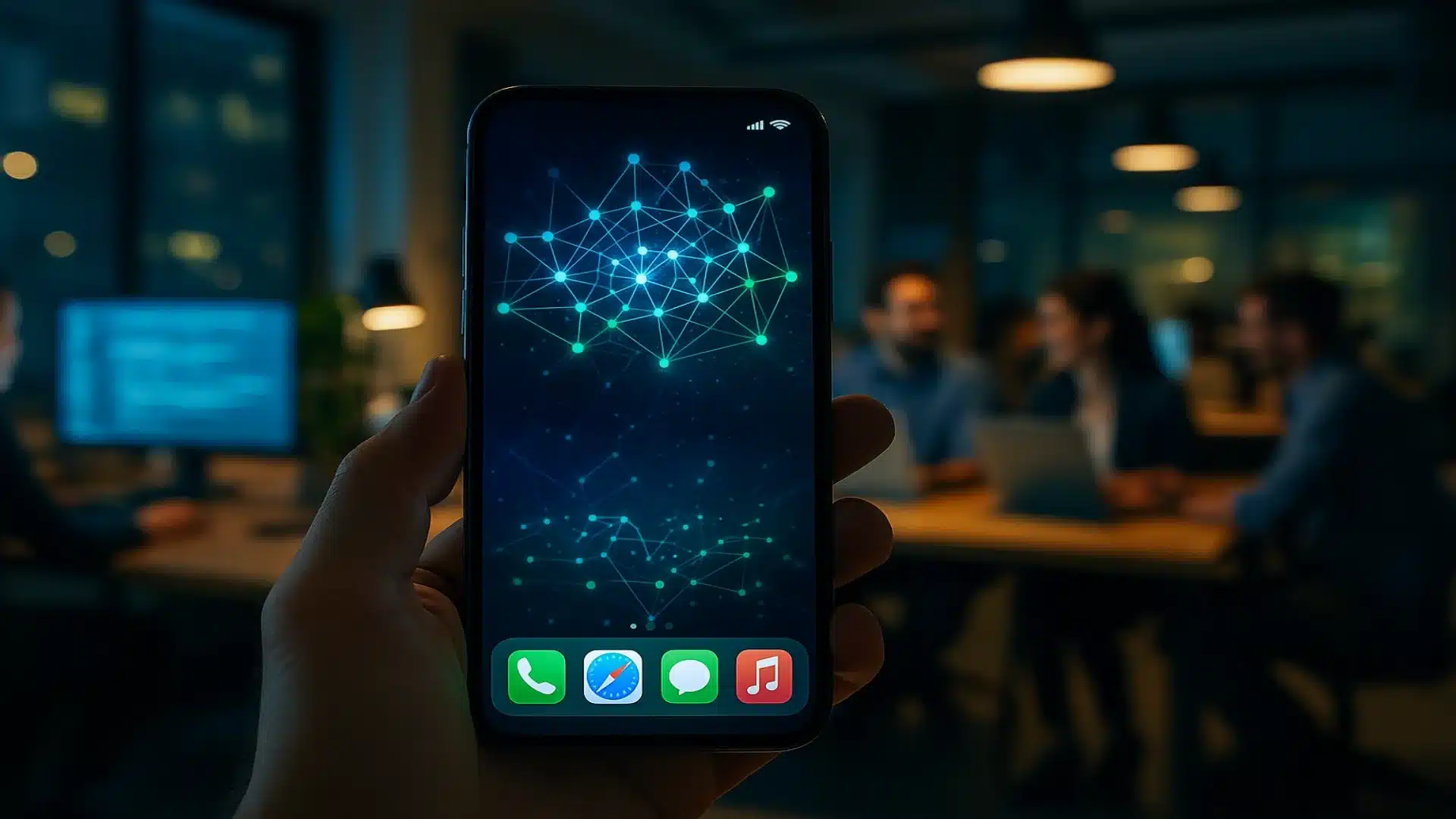How Does Pull Request in Software Development Improve Code Quality

AI Generated. Credit: Google Gemini
Table of Contents
- What Is a Pull Request (PR) in Software Development?
- Why Code Quality Matters
- How PRs Improve Code Quality
- Best Practices for Effective PRs
- Common PR Pitfalls (and How to Avoid Them)
- Real-World Example
- Future of PRs in Software Development
- Conclusion
Let’s cut right to the chase: How exactly does the process of a Pull Request (PR) in software development fundamentally improve the quality of the code we write?
A PR, or Pull Request, is more than just a technical step; it’s how development teams formally propose, discuss, and integrate changes into a shared codebase. In an industry where reliability and performance are everything, code quality is non-negotiable. It dictates whether an application becomes a robust success or crumbles under the weight of technical debt and endless bugs.
This article explores the pull request workflow in software development. It explains how this collaborative checkpoint strengthens quality assurance. You will learn the basics of the process and key PR best practices. We will show you why the PR sits at the heart of modern, maintainable code.
What Is a Pull Request (PR) in Software Development?
A Pull Request is the standard way developers initiate the merger of their completed work into the main project. In essence, it’s a request to colleagues to “pull” the changes from a separate feature branch into the stable main branch.
This system is core to the distributed version control model, typically leveraging platforms like GitHub or GitLab. It transforms coding from a solitary task into a team effort. Developers use PRs to officially signal: “My work is done, please review it before it affects the rest of the application.”
The typical pull request workflow is a sequence of actions:
- The developer isolates their work by creating a new branch.
- They write and commit their code changes.
- They then open a PR, specifying the target branch.
- The system facilitates peer review, where team members scrutinize the proposed code.
- Based on feedback, the code is revised or approved and finally merged.
This simple structure makes PRs the central nervous system for collaborative development.
Why Code Quality Matters
When we talk about code quality, we’re talking about more than just code that works. We mean code that is highly readable, performant under load, simple to maintain, secure against threats, and scalable for future growth.
Ignoring quality in favor of speed is a guaranteed route to disaster. The consequences are crippling: ballooning technical debt, a constant stream of production-level bugs, and developers spending most of their time deciphering convoluted logic rather than innovating. This inherent cost of poor code eventually slows down the entire business.
This is precisely why code review in software development, instigated by the PR, is so vital. The PR stage serves as the primary barrier against code entropy, making it the most effective tool for safeguarding and actively improving code quality via PR.
How PRs Improve Code Quality
The structured nature of the Pull Request review injects quality checks at the most critical point in the development cycle. It’s a mechanism relied upon by world-class engineering teams, including specialized groups like Cloudester Software.
Custom AI Software Development Solution For Enterprises
Early Detection of Bugs and Errors
When a developer opens a PR, fresh eyes review the code, which dramatically increases the chance of catching bugs and errors early. A single developer can easily overlook logic flaws, syntax mistakes, or subtle performance bottlenecks, but exposing the code to several reviewers provides diverse perspectives.
This rigorous peer review process ensures that fundamental issues are resolved long before the code is deployed to a live environment.
Enforcing Coding Standards
PR reviews help enforce coding standards. Variable naming, architectural patterns, and file structure are just a few areas that benefit from consistency in order to keep a codebase healthy. Reviewers are guardians of these standards, ensuring all new contributions in the codebase adhere to the set guidelines.
While automated linters check syntax, the human reviewer enforces higher-level, subjective standards that create a consistent experience for anyone who reads the code.
Encouraging Knowledge Sharing
The PR process encourages a priceless knowledge-sharing culture. When a senior developer provides extensive feedback regarding how to implement a complex architectural pattern or an effective algorithm, they are mentoring the author of that code.
This is a constructive, collaborative exchange that builds collective wisdom across the team. It accelerates junior developers’ growth and establishes shared accountability, entrenching the team’s understanding of the whole system and reinforcing the pull request software development culture.
Reducing Technical Debt
Technical debt is a result of compromises and shortcuts taken to meet deadlines. Early code review in software development means that PRs effectively catch these design flaws and suboptimal solutions before they get set in concrete.
Having a culture that encourages small, focused, and well-reviewed changes minimizes long-term complexity and prevents the codebase from spiraling out of control.
Improving Readability, Maintainability, and Security
Reviewers are in the best position to help suggest improvements that make code capable of long-term sustainability. This can include insisting on clearer logic, ensuring better documentation of complex functions, and, importantly, pointing out security vulnerabilities.
Cleaner, well-documented code coming from a thorough PR is inherently easier to debug, modify, and maintain for years to follow.
Best Practices for Effective PRs
With that said, to truly tap into such power, PR teams must follow strategic software development PR best practices:
- Keep PRs Small and Focused: Never push hundreds of lines of code into a single review. Smaller atomic PRs are much easier to understand and usually result in better feedback.
- Write a Clear and Contextual Description: The title should summarize the change, while the description should clearly state why this change was made. Include references to relevant tickets or design documents.
- Automate Everything Possible: Utilize CI tools and run everything from unit tests to linters. This frees human reviewers to focus their energies on the challenging logical and architectural aspects.
- Encourage Timely and Constructive Feedback: Establish a team Service Level Agreement (SLA) for review. Feedback provided should always be positive, specific, and focused on the code, never on the developer.
- Use CI/CD Pipelines as Gates: Code should not be able to merge until all automated checks have passed, solidifying your commitment to improving code quality via PR.
- Track Review Metrics: Monitor the average time a PR takes to merge. Faster review cycles indicate higher team efficiency and responsiveness.
Common PR Pitfalls (and How to Avoid Them)
While essential, the PR process has common pitfalls that can undermine its effectiveness.
- Pitfall: Massive, Unfocused PRs.
Solution: Enforce a team rule to break features into logical, smaller PRs that can be reviewed independently. - Pitfall: Superficial Reviews.
Solution: Train reviewers to focus on business logic, test coverage, and security, not just syntax. - Pitfall: Delayed Reviews.
Solution: Implement a review rotation schedule or set a strict 24-hour review window. - Pitfall: Negative Tone in Feedback.
Solution: Cultivate a positive, learning-oriented culture, perhaps even running workshops on how to give effective, empathetic code feedback. For example, the engineering leadership at Cloudester Software emphasizes that all feedback must be actionable and encouraging.
Real-World Example
Strands is a global FinTech provider focused on digital money management software for banks, which published a case study of how it improved the quality of its code by rewriting its pull request software development process. In the beginning, their PRs were big and poorly documented, so reviews used to be slow and superficial.
Because of this, and to raise the bar for their code review in software development quality, Strands introduced one crucial policy: at least three people should approve a PR, with a strong mandate for the reviewers to leave thorough, constructive comments before giving their approval.
This was somewhat counterintuitive-the increased rigor in the review process led to a better quality of code submissions with fewer revision cycles, allowing PRs to be resolved and merged much faster than in the previous workflow.
This shows that spending the time and energy on making the review thorough, with collective responsibility, pays off quantitatively in code reliability and developer productivity.
Future of PRs in Software Development
The PR is here to stay, but it’s becoming smarter. On the current trajectory, it is very heavily weighted towards automation and AI-assisted code reviews. Emerging AI tools can flag nuanced issues-security vulnerabilities, complex refactoring needs, and performance hogs-with unprecedented velocity.
In the future, there will be deeper integrations of the pull request software development process with sophisticated DevOps and Continuous Delivery pipelines.
While automation will take over low-level checks, the human component of the critical eye for design, business logic, and mentorship will still be vital. The best strategy will always be an immensely powerful combination of automated efficiency and human critical thinking.
Also Read: How Vibe Coding Empowers Modern Developers: 5 Big Benefits
Conclusion
A Pull Request is not some sort of bureaucratic hurdle but rather the ultimate expression of quality and teamwork in software development. It systematically enhances code quality through PR by enforcing collaboration, critical review, and mutual accountability.
By turning each code submission into shared learning, teams embed quality into the core of the application.
The PR is a culture, not a command. We encourage every team to review and refine their process so each review strengthens both the software and the team.






